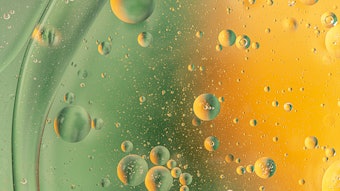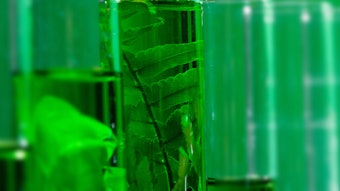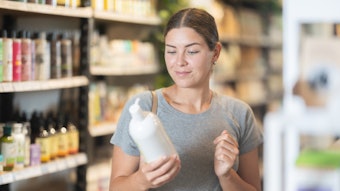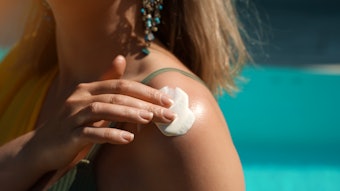
Consumers and retailers are increasingly demanding “clean” beauty innovation, despite that no single unified definition exists in science, the law or the marketplace. Brands, suppliers, retailers and consumers are therefore left to define this simple-but-complex concept for themselves. Here, author Karen Sinclair Drake of Cosmetic Research Lab provides one possible avenue for assessing “cleanness.” -Editor
One of the most common myths and biggest concerns for consumers purchasing clean and natural products is that they won’t live up to their conventional, long-standing counterparts. I probably would have shared this concern even a decade ago. However, we are at an incredibly exciting point in the world of health and beauty development, and I truly believe that there has never been a better time in our history for brands to create authentic, clean efficacious products.
One of the main reasons for this is down to the suppliers, who have listened to the changing demands in the marketplace, driven by consumers’ desire for safer products. This has led these companies to expand their material portfolios to include ingredients carrying third-party eco certifications such as Europe’s COSMOS, which classifies a product as organic and natural based on a set of strict criteria and ingredient efficacy claims backed by various clinical study methods.
The challenge remains, however: how does one assess an ingredient, technology, process or product for cleanness? Clean eating perhaps offers some clues; the movement has been gaining ground for some time now, with the core value of choosing healthy whole foods, which are closest to nature, or in their least-processed state.
Therefore, it may stand to reason that the definition of clean beauty should consist of whole ingredients, which are closest to nature, or those in their least-processed state. These materials should also be free from harmful toxins; this includes selecting BPA-free plastic containers, if plastics are used.
Green is Not (Necessarily) Clean
It’s worth noting that a clean ingredient and a green ingredient can, in fact, be complete polar opposites, despite them both sounding natural. Ingredients are green when all details of sourcing, manufacturing, disposal (including information concerning energy and water use, as well as eco- and human toxicity) are considered. This is true even if “chemical steps” are involved.
A clean, green ingredient will consist of materials that are closest to nature or present in their least-processed state and be made with minimal processing using green chemistry principles. A synthetic substance can also be green as long as it has been produced following the same green principles. These guidelinesa involve the design of chemical products and processes that reduce or eliminate the use or generation of hazardous substances.
Conversely, some natural materials may not be considered green due to their cultivation’s and/or refinement’s impact on society or the environment. These may include non-regenerative cultivation, water-intensive crops, unethical workforce practices, use of toxic fertilizers/insecticides and similar activities that fall outside the green category.
Given current U.S. regulations, a finished product could potentially claim it’s a clean product when it contains synthetics because it was made using green chemistryb. With increasing consumer demand for more authentic, cleaner, environmentally friendly products, these variables highlight the need for chemists, formulators and brand owners to understand the differences so they can protect themselves from false/misleading marketing claims.
Comparing Technologies
The following real-world examples are a good starting point to understand the difference between conventional and clean products. The product details have been anonymized, but the product facets are presented as-is.
Want to read the full article? Check out the Global Cosmetic Industry's October 2019 digital magazine.











